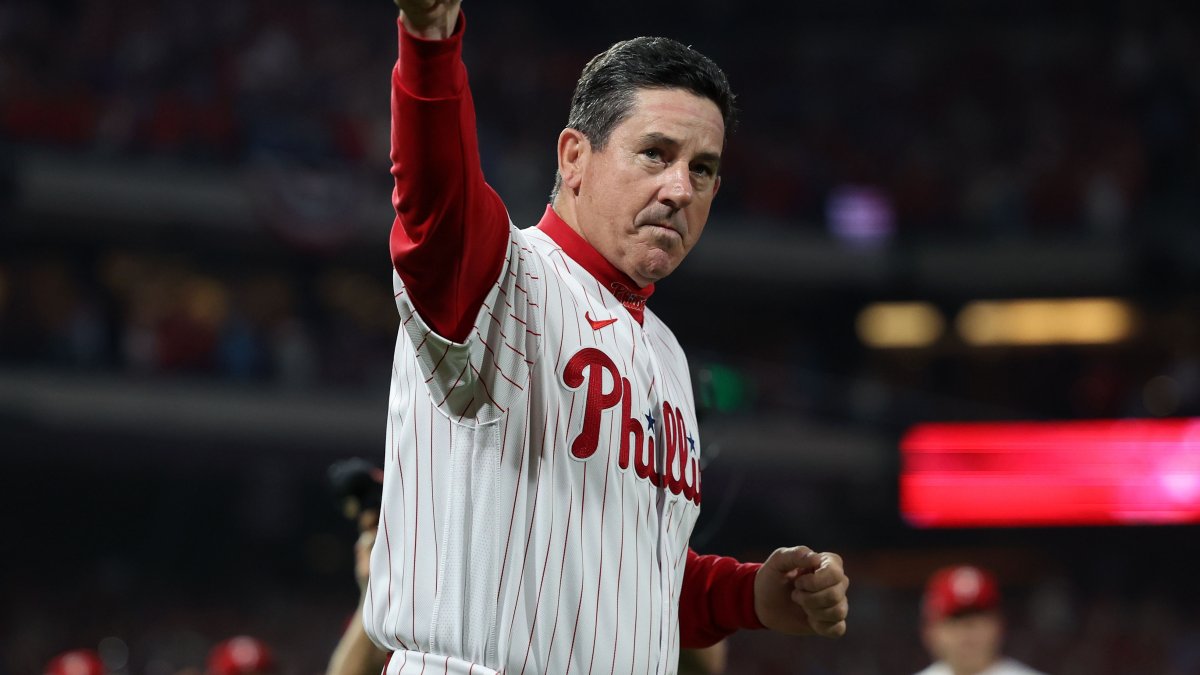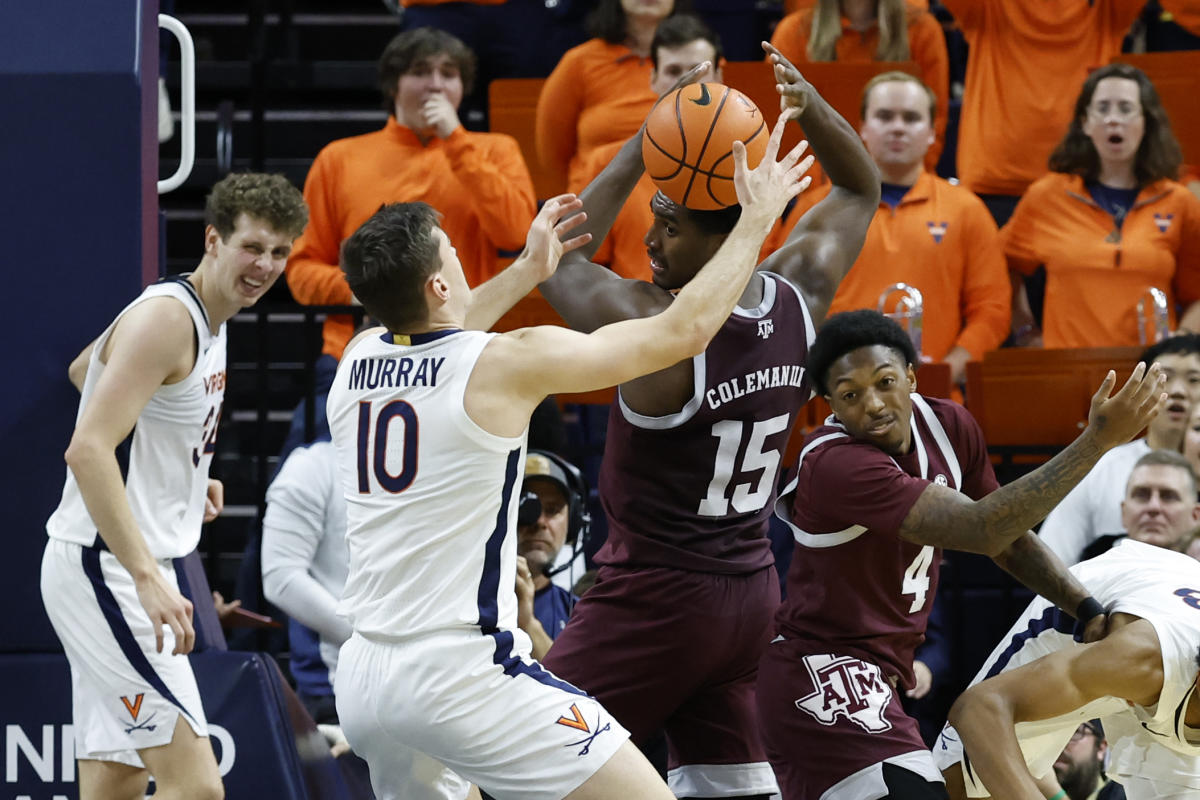With just one win to their name – and even it coming from the shootout – the Washington Capitals have had a disappointing start to their season. Their 1-2-1 record places them 27th in the league. They haven’t been successful in converting any of their 11 power-play opportunities, which is tied for the worst in the league along with the Blues. Additionally, the Washington Capitals are the only team that have yet to lead a game at any point.
But don’t let this discourage you, there’s more to the story.
During five-on-five play, Washington has scored four goals on 76 shots. That’s a shooting percentage of 5.3, worse than all but three teams: Seattle (1-4-1), Jersey (2-1-1), and Arizona (3-2-0). The low shooting percentage is the main factor contributing to the Caps’ struggles so far.
If we calculate the probability of each shot the Capitals have attempted during five-on-five play turning into a goal, they “should” have scored 7.6 goals so far – or 3.6 more than they actually have. This 3.6 goal deficit is larger than all but a few teams in the league, including Nashville (3-3-0) and Edmonton (1-3-1). On the other end of the spectrum, the Ottawa Senators have scored 4.7 goals above expected. I remember they scored 5 five-on-five goals against Washington last week.
This doesn’t mean that Washington has been great during even strength. Their goal rate is 28th in the league, but their expected-goal rate is 23rd – so we can’t attribute everything to luck. The team simply doesn’t have enough possession of the puck; only St Louis, San Jose, Chicago, and Vancouver have worse shot-attempt percentages than Washington’s 44.2 percent – not a good group to be in. I wouldn’t be surprised if the eventual draft-lottery winner comes from one of those teams.
Meanwhile, Washington has been even more unlucky on the power play. They’ve had 23.5 minutes of man-advantage time and haven’t scored a single goal on 15 shots – despite having an expected goal value of 4.7. In comparison, the Coyotes generated slightly more expected goals (4.9) on significantly more time (35.6 minutes), and they’ve managed to score seven goals. The unpredictable nature of NHL goaltending has been particularly unkind to the Caps early in the season, but this won’t last much longer. Even if, like me, you believe that Washington’s new power play looks a lot like their old power play, they still seem to be creating chances. According to HockeyViz, they’ve been eight percentage points better than the league average.

But in my opinion, Washington’s power play isn’t effective unless Alex Ovechkin is scoring, and unfortunately, he isn’t doing so. Ovechkin has attempted 12 shots while the Caps have a man advantage: four missed, six were blocked, and two were saved. The expected goal value of his offense is 0.93, although I would argue that xG models tend to undervalue Ovechkin’s one-timer from the faceoff dot, and I believe the modelers would agree.
So I’m not too concerned about Ovi scoring on the power play, but I’m very worried about his performance during five-on-five play. He has never gone this far into a season without a goal, and he’s never had such a low volume of shots either. Ovechkin has generated only 0.22 expected goals, so it’s not just bad luck – he’s simply not getting enough scoring opportunities. And it’s not due to his line not spending enough time in the offensive zone – his shifts have been more focused on the attack than anyone else’s – but rather, his linemates are the ones getting the chances. Ovechkin individually accounts for only 21 percent of the shot attempts, 21 percent of the shots on goal, and just 10 percent of the expected goals. These numbers are not just career lows for him; they’re a significant drop from last season.
One of my biggest concerns going into this season was how the front office and new coach would support Alex Ovechkin’s pursuit. He needs a complementary player, someone who can set him up for his powerful one-timers, deflections, and rebounds. Unfortunately, he hasn’t had that support; instead, he has become the playmaker for less talented finishers. That’s not how it should be.
A lot of Washington’s struggles so far can be attributed to bad luck, but they can’t simply rely on the goals magically starting to come – especially when Ovi is on the ice.
Headline photo: Katie Adler/RMNB

Sarah Anderson dives into the fast-paced world of NHL hockey. Her coverage includes game analysis, player spotlights, and the latest news from the ice. Sarah’s dedication to the sport ensures that hockey enthusiasts stay informed about the NHL’s thrilling action.




:no_upscale()/cdn.vox-cdn.com/uploads/chorus_image/image/72931262/usa_today_21973134.0.jpg)


